Well, the YoYo electric car may just do that with its eco-friendly state-of-the-art features. But this requires a unique charging station to make the YoYo function at its best and safest. Flowitube has developed specifically engineered charging stations that are designed to deliver the precise voltage and amperage necessary for the particular battery system of Yoyo to guarantee a quick recharge while being effective. Non-standard charging setups could theoretically not be established slowing down charge times or damaging the battery. They can additionally have specialized scanners that provide information on when and how much the battery is charged, enabling customers to receive alerts in real time. For optimal battery health/life and less-hassle charging, while also alleviating charge time issues for long-distance drivers needing their EV ready yesterday the solution is a specialty chargering station built specifically to fast-charge your YoYo. The growth of YoYo owners is essential to meet the demand for these dedicated charging stations and encourage more widespread adoption of electric vehicles, as was recently announced with a partnership between Proterra and Daimler.
The Rise of Electric Vehicles and Their Green Impact
Electric vehicles are not a fad, they are an innovation. This reduction in greenhouse gases is due primarily to the increasing number of drivers selecting EVs for their green-based virtues. These vehicles not only serve as a cleaner alternative to the conventional car, but they also come with lower operating costs and result in quieter rides. Purchasing electric vehicles, corporations or individual buying a Yoyo Electric Car commit to clean transportation.
The Convenience of Home Charging for EVs
A major benefit to owning an electric car is the ability to charge at home. No more weekly trips to 7–11 for gas. Just plug into a standard electrical outlet overnight and your EV is topped off for the day. This has been crucial in accelerating the adoption of EVs, making it a realistic option for day to day use cases.
Understanding the Yoyo Electric Car’s Unique Features
What makes the Yoyo Electric standout is its creativity design, and doing parts of this practical aspect diffuster By design it is small enough for dense urban areas without adding to traffic, and comes with a battery good for long distances on one charge. It helps in extending the car’s battery life and charging preferences to make it equally useful for urban commutes as well as long distance drives. And with its versatility, it is an all-time great value for someone searching a sustainable car at low price.
Does the Yoyo Electric Car Need a Special Charging Station?
One of the most frequently asked questions by people thinking about buying this model is whether they should or don’t have to buy a dedicated charging station. Thankfully, the answer is no. The Yoyo Electric Car is to be offered with the ability to plug into a standard public charging point or a ‘simple home’ electric vehicle recharging setup. The Yoyo, a small electric car that aims to be “drivable and flexible like an E-bike” is capable of home charging but also compatible with established public charging infrastructure says the firm.
Current State of EV Charging Infrastructure Globally
Global EV charging network has expanded rapidly, leading to more chances for drivers to power up wherever they are. Mainstream electric cars can get 200 to 300 miles per charge, meaning that public charging stations have the potential of becoming as ubiquitous in urban areas and along highways as gas stations. It means Yoyo Electric Car owners gain more stable charging options, from city drive to cross-country long journey.
Tips for Optimizing Your Yoyo Electric Car Charging Experience
To make the most of your Yoyo Electric Car, consider these tips:
- Home Charging Setup: Install a Level 2 charging station at home for faster charging times. A basic 120V outlet will suffice for overnight charging, but upgrading can save time.
- Public Charging: Familiarize yourself with local charging stations and their availability. Apps like PlugShare can help locate nearby chargers and provide real-time updates.
- Battery Maintenance: Regularly check your battery health and follow recommended charging practices to extend its lifespan and maintain optimal performance.
Case Studies of Real-World Yoyo Electric Car Charging Experiences
Suburban Home Charging
Consider the experience of a Yoyo Electric Car owner living in a suburban area. By charging their vehicle at home using a standard 120V outlet, they find it convenient to recharge overnight, ensuring their car is ready for daily commutes. This example showcases the practicality of home charging for Yoyo Electric Cars.
Family Road Trips with Public Charging
For families who enjoy road trips, the combination of home and public charging stations proves reliable. One family mentions using public chargers along their routes, highlighting the ease of planning longer journeys with minimal hassle.
Urban Reliance on Public Charging
In urban settings, some Yoyo Electric Car owners lack dedicated parking and rely solely on public charging. Despite initial challenges, they find the infrastructure sufficient for their needs, reflecting the adaptability of the Yoyo Electric Car in various environments.
The Power Source
Unlike typical electric vehicles, yo-yo cars use a different type of battery system. Although they rely upon electrical power, the fascinating layout might additionally have ramifications for their billing requirements. Conventional EVs are charged using Level 1, Level 2 or DC fast charging The yo-yo car, however, might need something different in the form of a smaller battery. The Most Conspicuous Difference is its Energy Efficiency That yo-yo car has a smaller battery, for which it needs less planing energy. This level of efficiency means that an overnight charge via a typical household outlet could be more than adequate. That said, if you’re willing to pay an extra $2,400 for the big battery model and are concerned about getting all 64 kwh loaded back up (or just wanting more range with less charging), some manufacturers recommend specialized charging solutions optimized both to keep your li-ion healthy over as many cycles/miles/domcycles/hours youre throwing at it. Even with those differences, the yo-yo electric car is usable by most people. The idea is to make charging so easy that drivers of all ages and backgrounds will get a charger at home, or even several depending on where they park regularly. This also translated to the fact that for a lot of people it might just mean upgrading their current infrastructure rather than starting from scratch in terms of setting up everything.
Conclusion

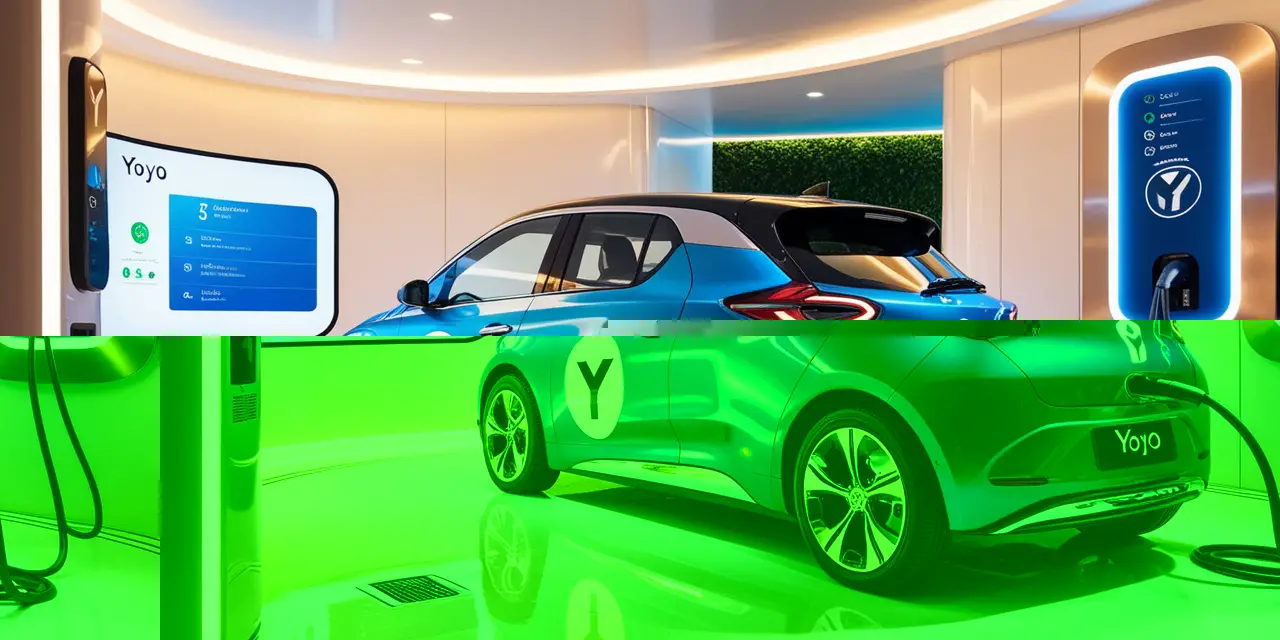

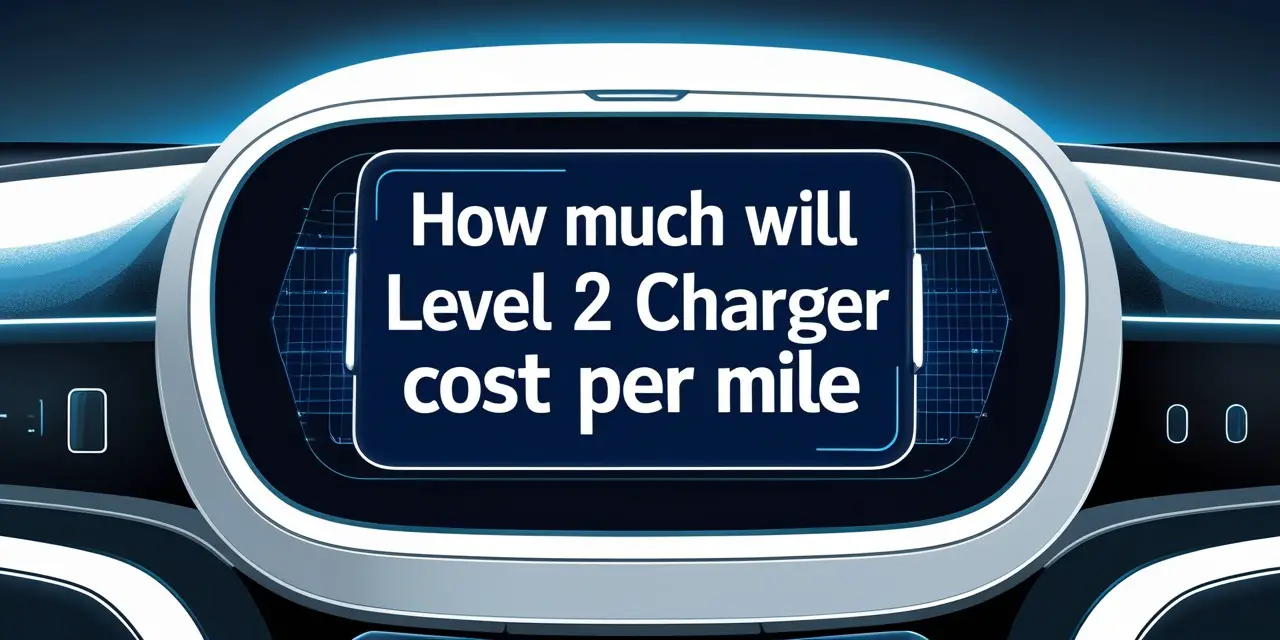
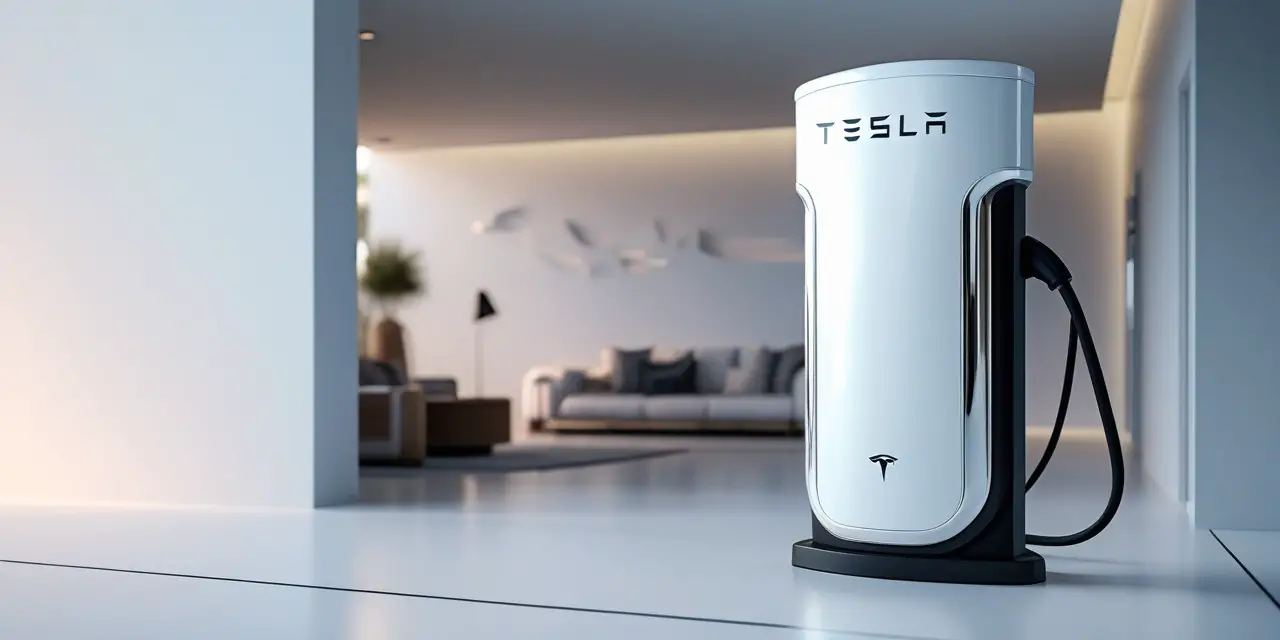
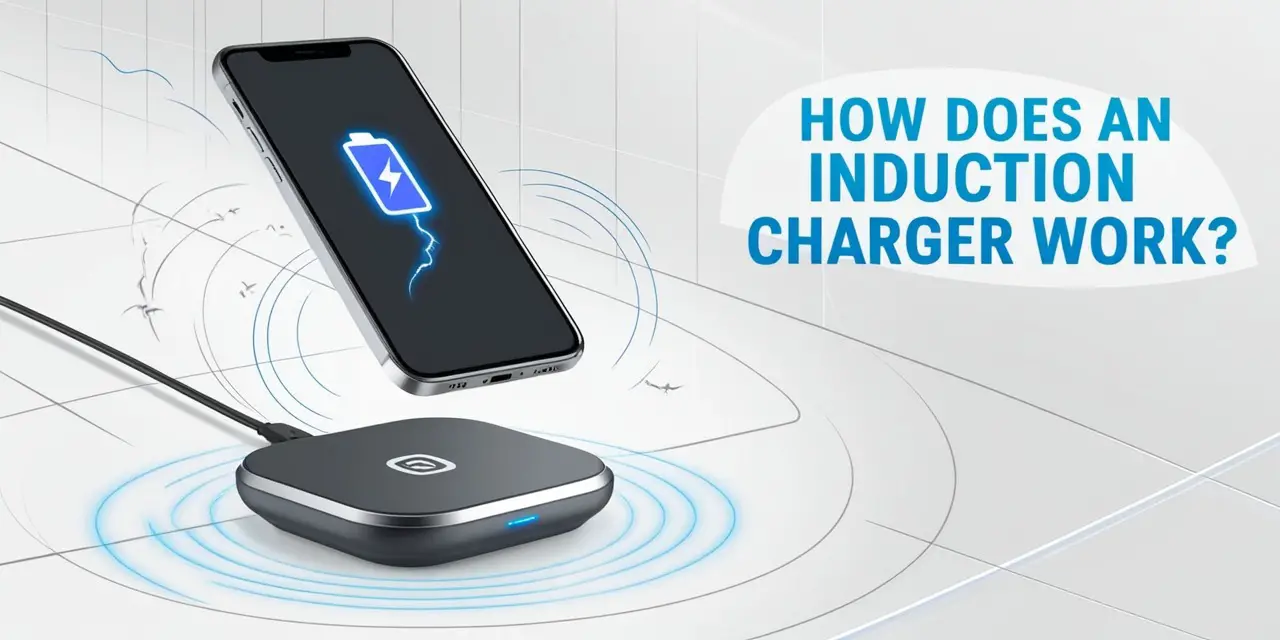
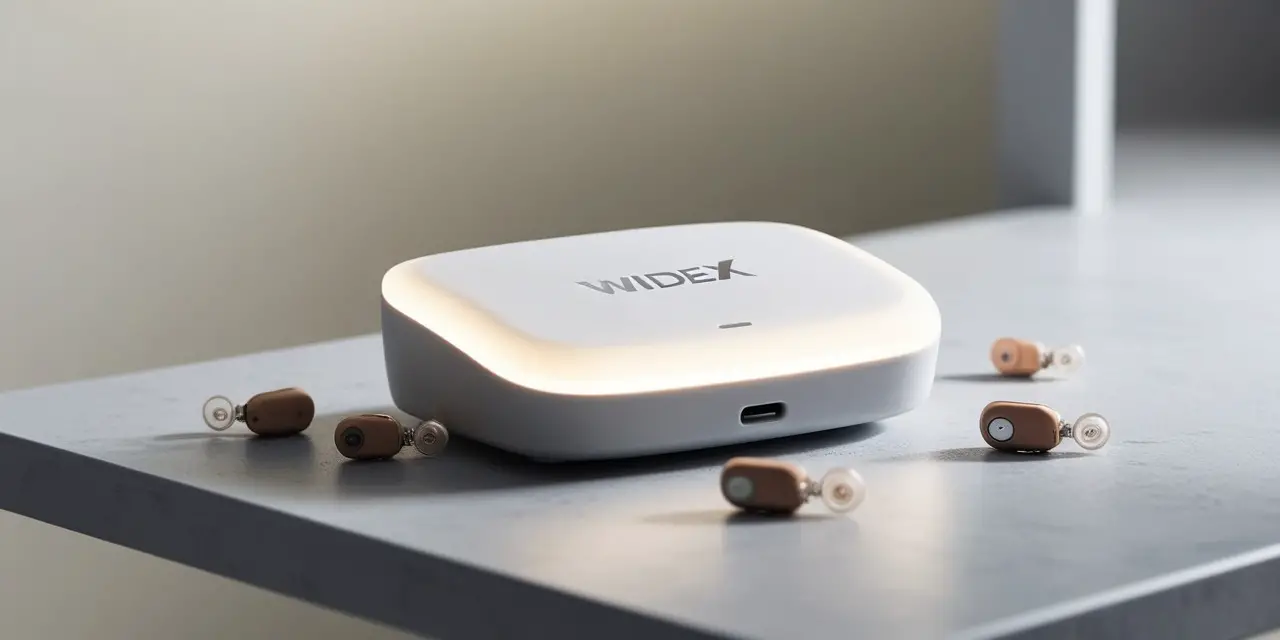
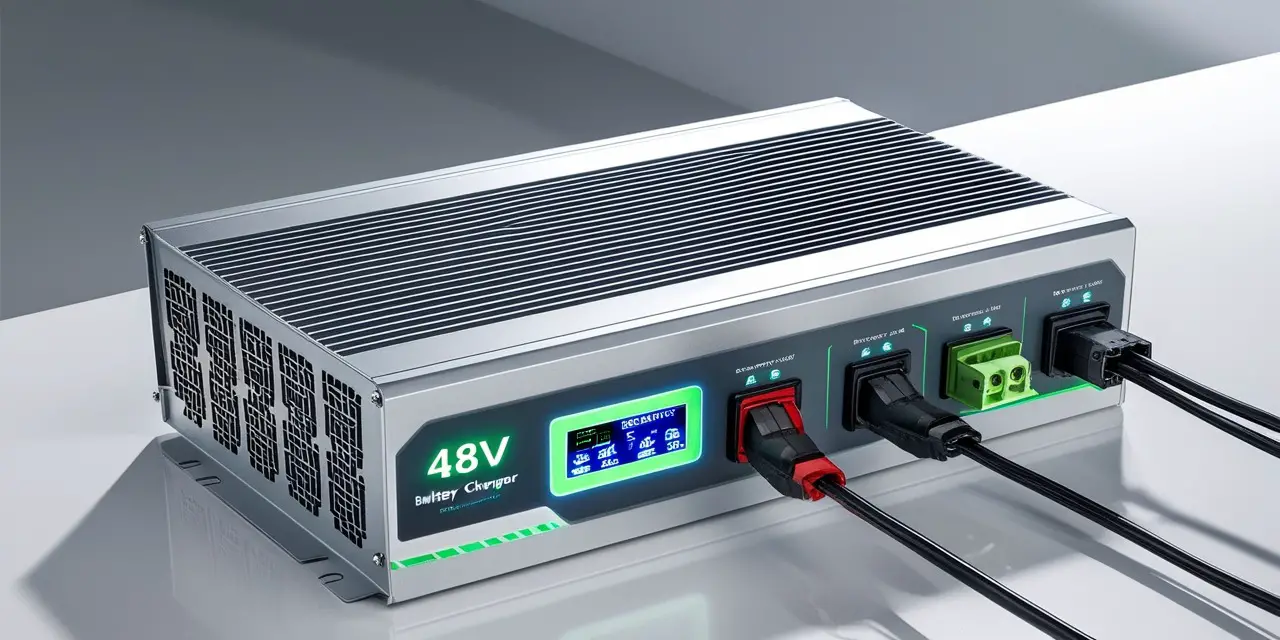
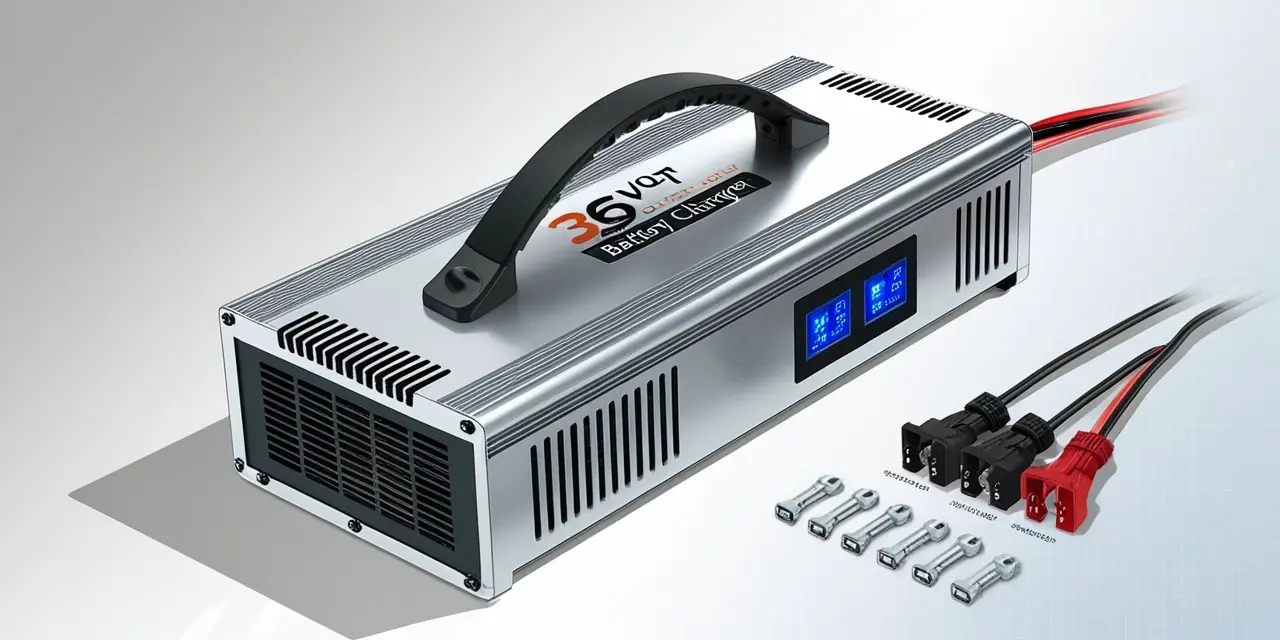
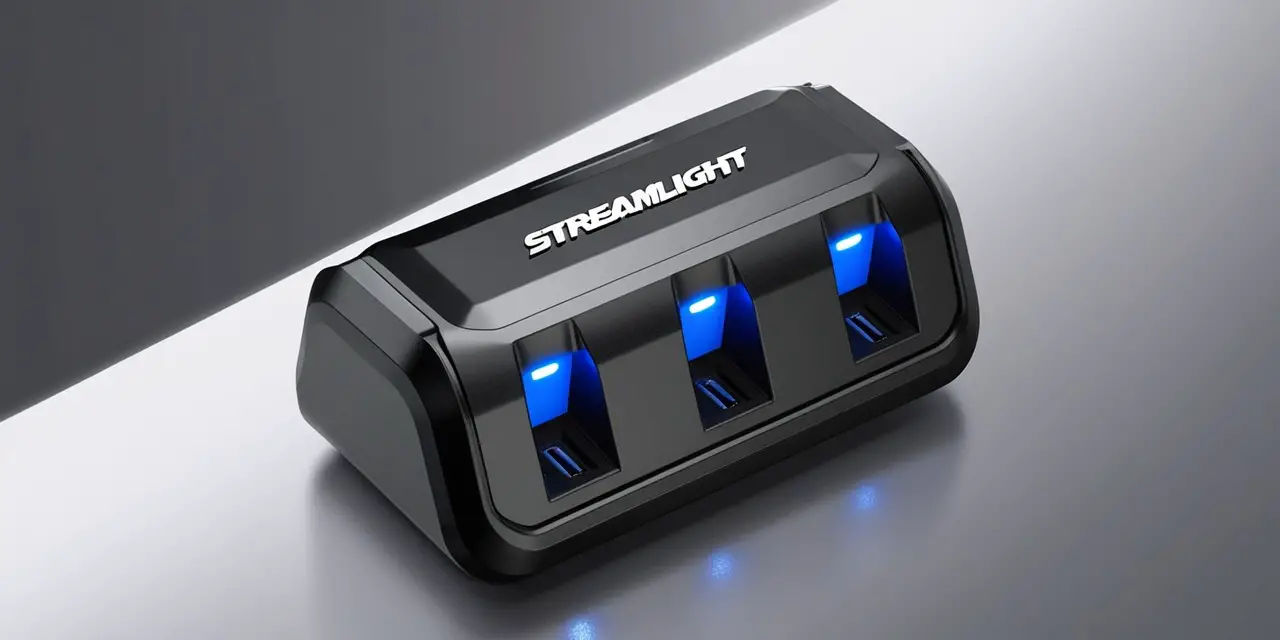
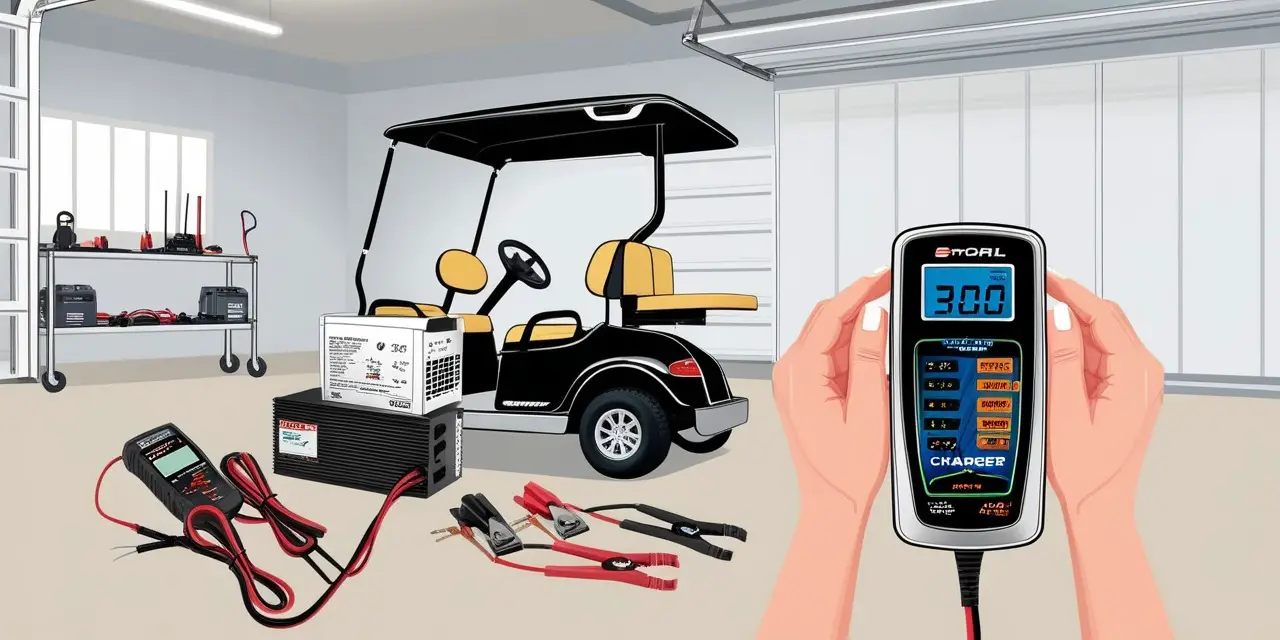
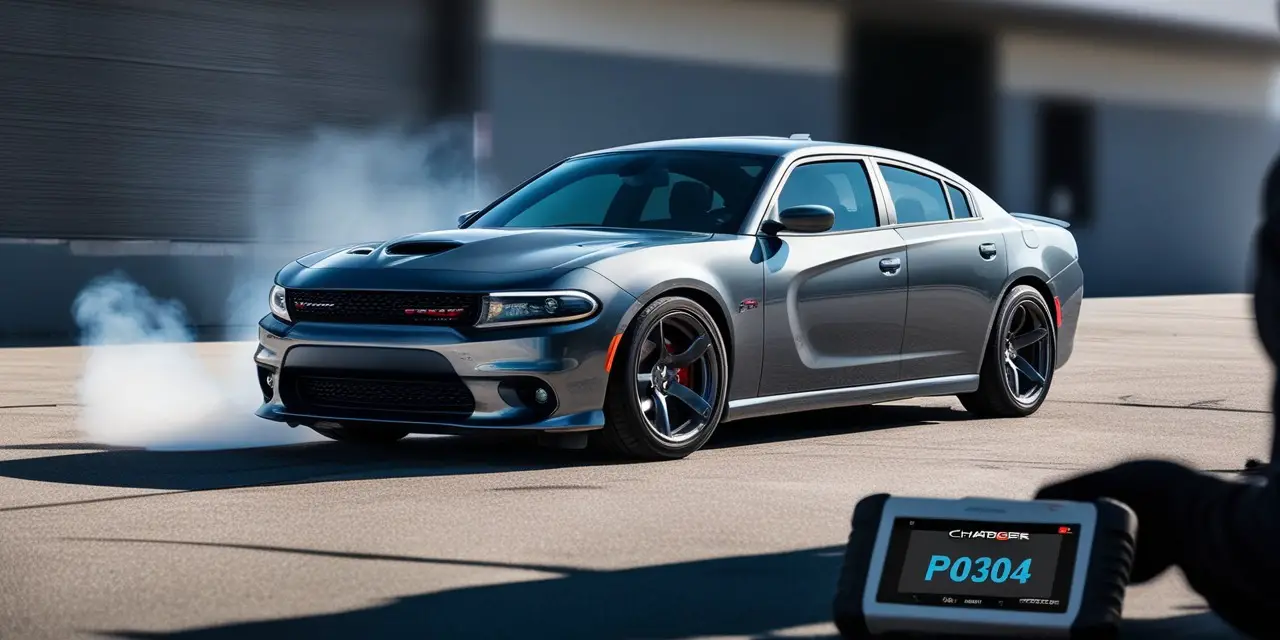
Leave a Reply